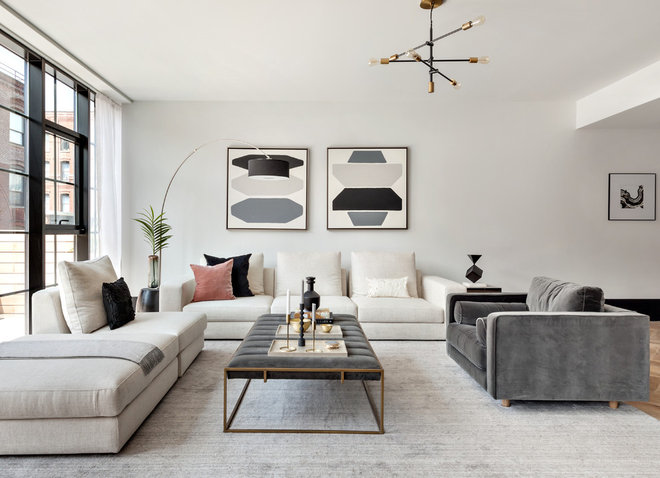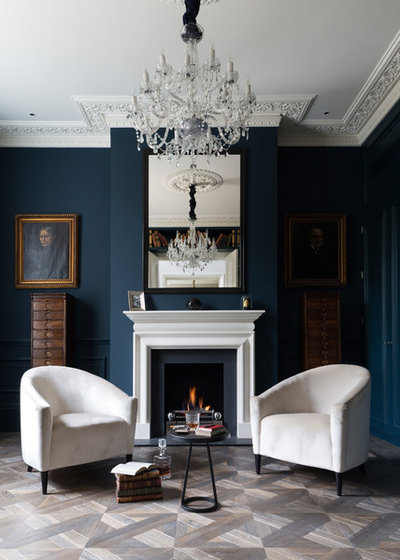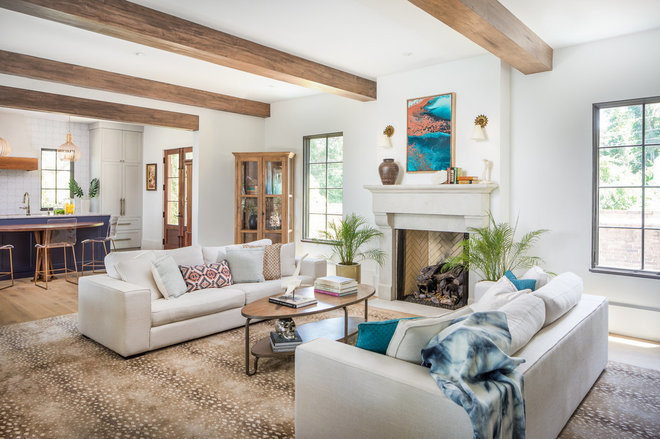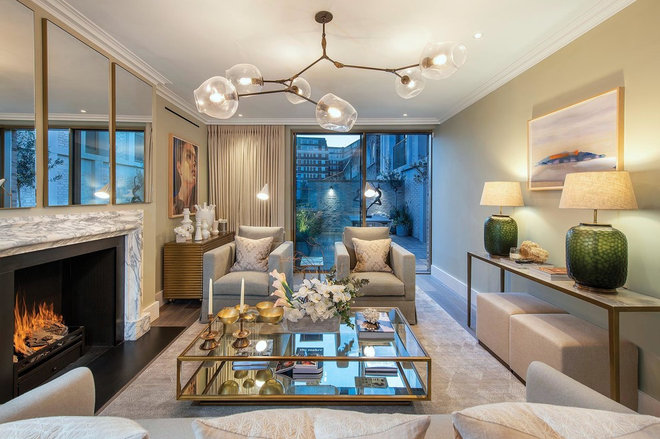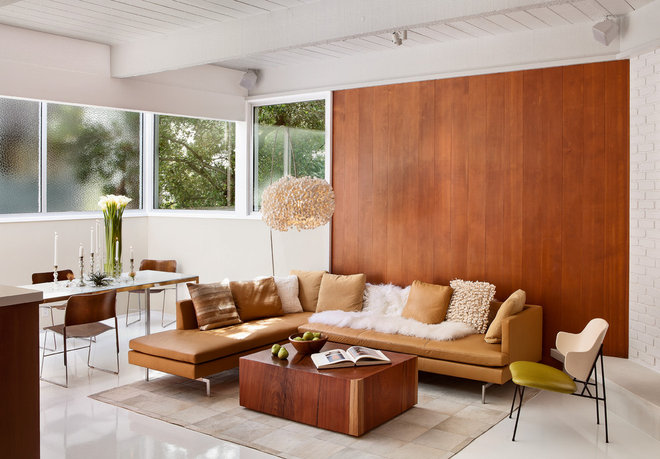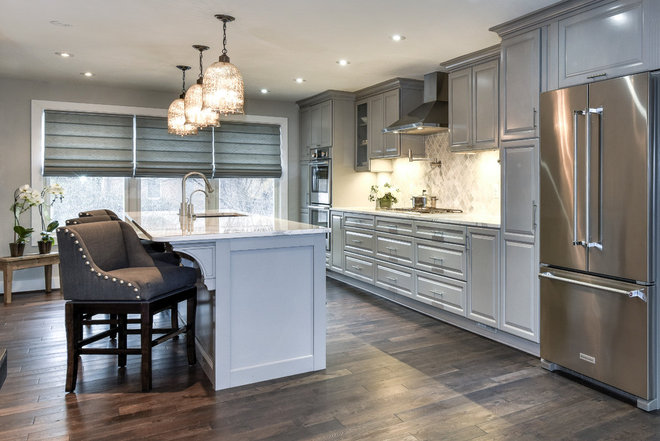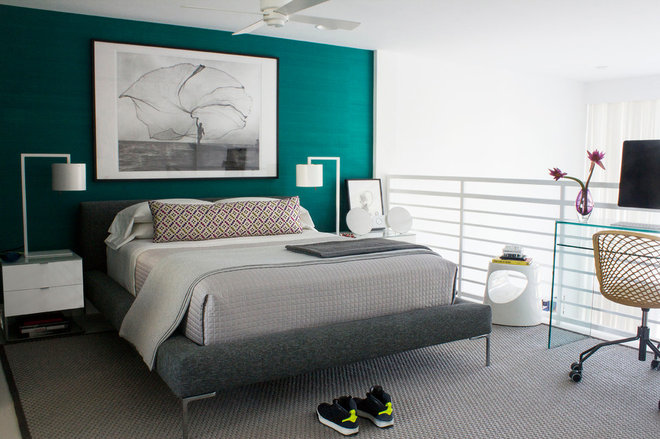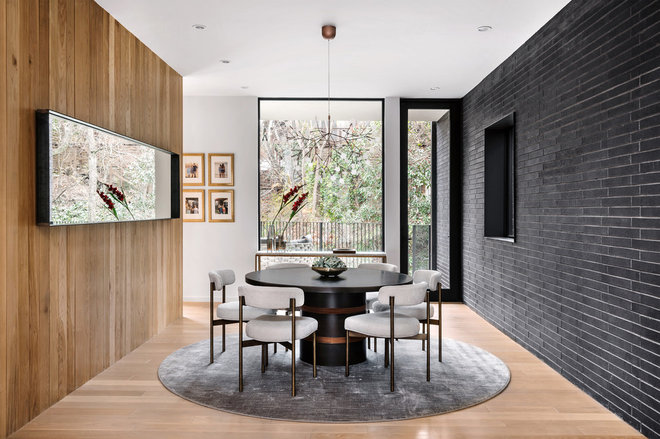Designer Tips: How to Be a Good Client for Your Interior Designer
If you’re thinking about hiring an interior designer, something that you may not have considered is how to be a good client — and by that I mean one who contributes to a productive and cost-effective relationship. Here’s my best advice for creating a strong working relationship with your designer.
Before starting work with a new client, I always provide a thorough overview of how we would work together, which includes explaining the fee structure and proposing a timeline for completing project milestones. And though I offer this same information to all new clients, I’ve noticed that some seem to absorb the information well, while others seem surprised later in the process. I understand this, as it can be a lot of information to take in, especially for clients who are new to the design process. In my experience I’ve found that the clients who asked me a lot of questions upfront — about the design process, fee structure, markups, installation and more — ended up having the best experience with me. Taking the time to prepare questions ensured that the client and I were truly on the same page from the beginning.
So I recommend that when you interview prospective designers, you come with a list of questions. Each interior designer works a little differently, so no question is a bad one. Jot down notes, making sure you understand the answers. Before you get started, confirm your understanding of the terms, fees, cost for unexpected changes and anything else that concerns you. This will help you get off to a great start.
Find an interior designer in the Houzz pro directory
Share your ideas, vision and goals with your designer. To offer this information, you can collect images, descriptions, a list of must-haves, and your likes and dislikes. If you’re not sure exactly what you like, that’s OK too, but there are steps you can take to learn more about your preferences. One great way is to browse photos on Houzz. Save your favorites in a Houzz ideabook and share it with your designer to communicate your visual ideas.
Why is sharing your ideas important? I’ve had a few meetings with new clients where the client didn’t share much. In those cases I offer suggestions, and in one particular case was given the go-ahead on certain items. Weeks later it turned out that the client didn’t love the colors we chose or was hesitant about a certain piece of furniture. This lack of clarity resulted in changes and delays to the project. So be honest! Sharing as much information as possible from the start not only will save you time and money, but it also will start the relationship on a solid foundation.
Why You Might Want to Work With an Interior Design Pro
Trust is the cornerstone of any relationship, and the client-designer relationship is no exception. If you’ve made the decision to hire an interior designer, it’s helpful if you can trust that he or she will encourage you to make decisions that are in your best interest both creatively and financially. If you are worried or suspicious about the designer’s financial motives or subcontractor selections, for example, your experience will be uneasy and the process will be disrupted. This doesn’t mean that you can’t raise concerns — you absolutely can and should. A good designer will listen to you and work to remedy any concerns, and communicating with your pro in the spirit of trust goes a long way in having a smooth relationship.
A good designer will incorporate all your design likes and needs, and may also creatively push you toward something you hadn’t considered. Sometimes the idea might even feel a little past your comfort zone. When this happens, I ask my clients to have an open mind and sit with the decision for a little while. I offer an image, a design board or another visual tool to help them understand the new idea. Often this results in clients getting excited about an idea and taking a chance that ultimately makes them happy. Of course, when the risk doesn’t suit the client, we won’t take it — and that’s OK too. My advice here is simply to consider new ideas over time, rather than having a knee-jerk reaction.
You are as much a part of getting the job done as your designer is, so take your role seriously. If your designer asks you to make a list of colors you love, make the list. If you agreed to declutter your bedroom so the design process can start, be sure to make time for that task. Your designer can do only so much. For the project to move forward, it’s important that you complete in a timely fashion all tasks that require your input or action steps.
8 Things Interior Designers Want You to Know
Making decisions quickly and confidently will move your project along and often save you money. Stalling on a decision might mean that the price increases on an item, contractors are delayed or rush charges are applied. The same goes for changing your mind. Communicate with your designer about your hesitations and trust that person to help you make decisions in a timely manner.
Interior designers charge fees in a variety of ways: flat fee, hourly rate, a percentage of the project’s overall cost or a combination of these options. Regardless of your designer’s fee structure, respect his or her time, especially when you are not in a meeting in person or on the phone. If you’ve decided to make all decisions in your scheduled (and fee-based) hourlong meetings, avoid sending a slew of emails asking for your designer’s feedback, as that’s essentially asking the designer to work outside the established times. If you are a person who wants a lot of response and communication in between meetings, be prepared to be charged for your designer’s time, just as you would be by other professionals whose services you pay for by the hour, like an attorney or an accountant. (Check with your designer about how this works.) Finally, uphold scheduled meeting times and project deadlines as another way to respect your designer’s time.
How Much Does It Cost to Hire an Interior Designer?
Paying your designer’s fee in a timely manner is an obvious guideline. Paying your designer for goods purchased on your behalf is just as important, if not more. The cost of client merchandise can run into the thousands of dollars. Personally, I charge a penalty fee when bills are not paid on the specified date. Find out how your designer handles these situations, understanding that your pro is running a business and that your timely payment of all bills helps ensure a successful experience for you both.
